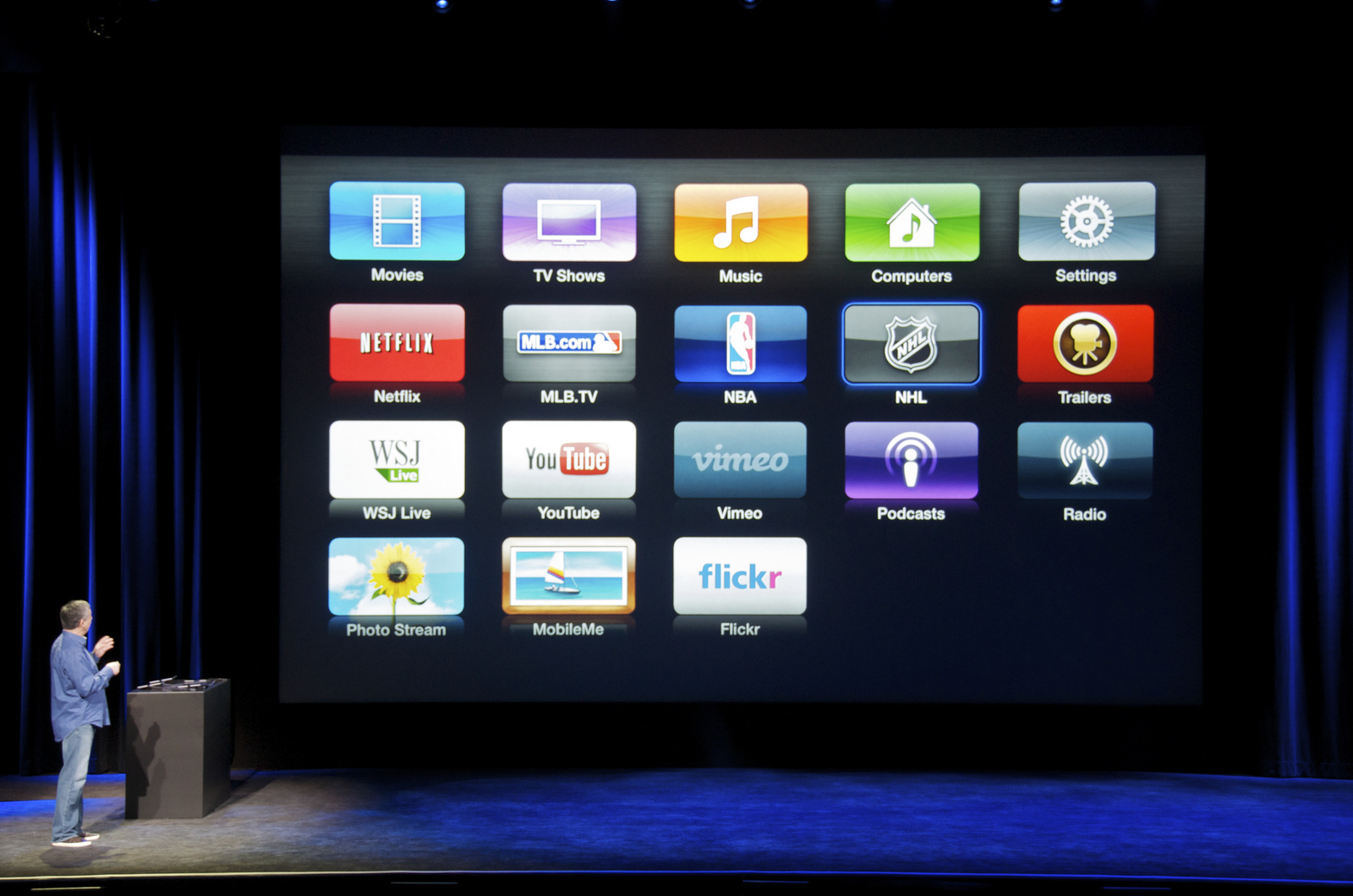This column originally appeared on AdExchanger.
This will be the year the cable TV bundle dies a sudden death.
I know, the “TV is dying” cry has echoed time and again. But as audiences continue to consume content across online video, over-the-top (OTT) and TV, there will be increasing pressure for them to converge into a single integrated advertising buy — one that offers marketers an unparalleled combination of reach, targeting and audience data.
In the coming months, major online video and OTT providers, such as Google, Facebook, Amazon and Apple, will aggressively expand their streaming offerings to retain audiences and better serve advertisers. This will force at least one of the large cable TV providers to make a significant business model shift, such as developing an affordable streaming offering that is highly configurable to viewers’ tastes.
It’s been nearly a decade since Netflix and Hulu launched their initial OTT streaming services, just as many millennials were graduating from college and keen to avoid cable bills. This generation has led the way in the cord-cutting phenomenon; as of July 2016, nearly 40% of US millennial households relied solely on internet streaming and broadcast.
The OTT pioneers have continued to drive innovation, and as their market share grows, advertisers are taking serious notice. Roku’s recent partnership with media-buying behemoth Magna, which represents major brands such as BMW and MillerCoors, is a signal that mainstream advertisers are embracing the enhanced targeting offered by digital television, and they are driving those investments by shifting dollars away from linear TV.
Additionally, viewing options have proliferated: Amazon and Apple — neither of which have typically participated in the advertising supply side — are exploring ad-supported models for their robust streaming content offerings, Instant Video and iTunes. HBO Now has led cable networks in circumventing cable providers with direct OTT services, and traditional telecoms like Verizon have sought to bolster internet revenues through acquisition.
Of course, no one would expect the walled gardens to merely watch the OTT race stream by. Google, Facebook and Twitter have spurred shifts in viewing trends — as the distinctions between professionally produced and social content have eroded — and have built platforms designed to keep viewers consuming content within the walls for as long as possible.
The platforms spent much of 2016 addressing a key weakness in current OTT offerings: live viewing of popular events, ranging from presidential debates to Thursday Night Football and the Academy Awards. As the walled gardens’ live video capabilities become increasingly sophisticated, they’re creating more competition for linear networks by opening the distribution doors to brands and creators.
All indications point to social networks expanding heavily into OTT in 2017, with investments designed to appeal to consumers and advertisers alike. In the past few weeks, Google has revealed plans to improve YouTube ad performance by incorporating search history into targeting, while the financial community has openly speculated about an impending YouTube television service launch.
In the meantime, Google is partnering with broadcast networks seeking to get in on the streaming action and monetize their traditional TV content, like CBS’s forthcoming YouTube Unplugged live stream. While Facebook has kept its strategy closer to the vest, it’s reportedly building its own streaming TV app to encourage longer video viewing, and I expect moves from Facebook later this year — perhaps via an acquisition of an established OTT pure-play provider.
So what does this all mean? Viewers will increasingly take advantage of expanded live and traditional programming within their OTT platforms of choice, and cable providers will be forced to respond with a survival mechanism: the rollout of new streaming packages to counteract the drop-off in linear viewership and cable subscriptions.
This transition, of course, will create disruption for television advertisers — the “TV is dying” cry goes hand in hand with a shift in ad budgets from TV to digital. In 2017 I expect OTT players to unify the best of both worlds in a simplified, integrated advertising proposition: combining the reach of live television with the user-level data and granularity of targeting within walled gardens. Savvy advertisers will leap to consolidate their online video and television spend and make significant investments with the new breed of OTT leaders.
If you’d like to connect to learn more about how Pixability’s social video advertising solution can help you or your client’s video advertising, get in touch today.
